WiFi Antennas Explained – Types of WiFi Antennas
Wireless communication was a revolutionary technology that changed the way we share information. Wireless communication means transfer of information from one object to another that are not physically connected to each other by means of an electrical conductor. In 1880, photophone was invented by Alexander Graham Bell and Charles Sumner which uses modulated light beams to send voice signals from one place to another. This event kick started a chain of events that lead to the discovery of current world wireless technologies like WiFi, Bluetooth etc. Before going further, lets see how wireless communication looks like.
Check out the below video if you are too lazy to read.
Get to Know More About WiFi Antennas – A Beginners Guide
What is wireless communication?
Consider a basic wireless communication system that is used for transmitting audio from one place to another.
In this model, the sound is captured and converted electrical signals using microphone, which is amplified and modulated using a transmitter circuit. This electrical signal is sent to antenna and these antennas convert these signals to EM waves and is radiated into the atmosphere. The receiving antenna captures these signals and is converted back to electrical signal. These modulated signals are demodulated using demodulation circuit, amplified and is fed to loudspeaker which will convert it to sound.
What is Antenna?
Simply speaking, Antenna is a device that converts electrical signals to EM waves or vice versa. In the case of a transmitting antenna, the electrical signal from the transmitting circuit is converted to EM waves and is radiated into the atmosphere. In the case of a receiving antenna, the EM waves in the atmosphere is captured and is converted back to electrical signals for further processing. The dimensions of various parts of the antenna depend upon the frequency of the EM waves that are being transmitted. The dimensions of components of the antennas will vary to match the frequency or wavelength of the signal to be transmitted.
Why not make a PCB for your Project?
Making a PCB for your DIY project is not hard nowadays. PCB helps to get rid of all messy wires and stuff and gives your project an awesome look. And it’s cool to make your own PCB for your project right?
I use Altium Designer to draw the circuit and design the PCB. It is a powerful tool that can be used to design and create your own PCBs for your project as well as complex and multiplayer PCBs for industrial use. Here is the link to the Altium trial version. So make sure you check it out.
I use Altium Designer to draw the circuit and design the PCB. It is a powerful tool that can be used to design and create your own PCBs for your project as well as complex and multiplayer PCBs for industrial use. Here is the link to the Altium trial version. So make sure you check it out.
Ordering High Quality PCB for Cheap Price
I usually order our PCBs from PCBWay. PCBWay is a PCB manufacturer specializing in PCB prototyping, low-volume production, and neat and tidy PCB Assembly for a very low price. They have a very friendly customer support team and even perform a free PCB Design Review before payment and inform us if there is some issue with the design. Feel free to check out their website below.
Almost all of the wireless communication devices that are separated by a considerable distance requires antenna of some kind. Some times this antennas will be external and can be observed easily, like routers, while some are etched in the PCB of the module itself.
1. WiFi
Wi-Fi is a wireless networking technology that employs RF or radio waves in the range of 2.4 Ghz or 5 Ghz to provides an ultra fast network communication to various devices such as PCs, mobile phones, printers, etc. Devices in a WiFi network are connected together wirelessly for the purpose of sharing resources and information.
Using WiFi, people can communicate with each other across the world at very low cost using services like chat and email. It can also be used to transfer files and information between devices at a very high speed. Devices like printers, scanners and other hardwares can be shared easily with out the use of wires hanging around. Click the below link to learn more about WiFi, Standards, Security and Routers.
A common misconception is that, the term Wi-Fi is short for “Wireless Fidelity,”. What added to the confusion was, the Wi-Fi Alliance’s use of an advertising slogan, “The Standard for Wireless Fidelity,” which lead many people to think that Wi-Fi was an abbreviation of “Wireless Fidelity”.
2. WiFi Antennas
WiFis Wireless Networks works the same as the above mentioned communication block diagram but instead of the voice, we will be transmitting network data packets. The Wireless Router/Access Point converts these data packets to EM waves, radiated out through the transmitting antenna and the antenna in the Client device (mobile device) converts the EM waves back to electrical signals for data processing.
WiFi uses a frequency of 2.4 GHz or 5 GHz. Wavelength of 2,4 GHz is nearly 12,5 cm and for 5 Ghz is 5-6 cm. As mentioned above, the antennas are designed depending up on the frequency of the signals to be transmitted/received, which means, we cannot use 2.4 GHz antenna in the place of 5 GHz antenna and vice versa.
3. WiFi Parameters
Wavelength and Frequency
As mentioned earlier, WiFi signals are radio waves; electro magnetic waves that lie in the range of 20 kHz to 300 GHz frequency. Like all electromagnetic waves, RF is also measured in Frequency.
Frequency is the rate at which something happen with in a particular time period. In other words, number of complete cycles per unit of time. For example, if you could jump twice a second, then the frequency is 2. The unit of frequency is the Hertz. 1 Hertz means one complete cycle per second. Radio waves are sometimes measured in terms of Wavelength.
The wavelength is the period of a repeating wave. In other words, wavelength is the length in which the wave pattern repeats.
Frequency = Speed of Wave / Wavelength
Wavelength and Frequency are inversely related. The higher the wavelength, the shorter the frequency. Design of the antenna and its parts crucially depends up on the frequency and wavelength of the wave it will be transmitting or receiving.
WiFi generally uses a frequency of 2.4 GHz or 5 GHz.
4. Antenna Polarization
Polarisation of an antenna is simply the orientation of the antenna with respect to the ground. Those antennas that emits RF waves that are parallel to the ground is known as Horizontally Polarised WiFi Antennas and those that emits RF waves perpendicular to the ground surface is said to be Vertically Polarised WiFi Antennas.
5. WiFi Antenna Power Gain
The signal range of an antenna is measured using a parameter called Power Gain which tells us about the effectiveness of an antenna when compared to that of any standard reference antenna. It is measured in decibels (dB).
Most of manufacturers use a value called dBi value for measuring the strength of an antenna. dBi is the gain of an antenna compared to that of an Isotropic radiator. The higher the dBi value, greater will be the area of coverage.
6. Best WiFi Antennas of 2019
Here is a list of World’s Best WiFi Antennas of the year 2019. Make sure you grab one of them for High speed, Long Range, and Stable Internet.
Types Of WiFi Antennas
There are mainly three types of Antennas
- Omni Directional Antenna
- Semi Directional Antenna
- Directional Antenna
Omni Directional Antennas are antennas that radiates EM waves equally in all direction. Semi directional antennas transmits radio waves in particular patter depending up on the design where as direction antennas transmits energy in a particular Direction only.
7. Omni-Directional WiFi Antennas
Omni Directional Antennas are antennas that can radiate power equally in all direction in a uniform plane.
Radiation pattern of omni directional antenna is doughnut shaped. Omni directional antennas are commonly used for indoor purposes such as WiFi Routers and wifi chpsets of mobile phone, laptop, television etc.
8. Directional WiFi Antennas
Omni Directional Antennas are antennas that can radiate power only in one direction.
It is most commonly used in point to point communication. This focused beaming allows increased performance by reducing interference due to unwanted noises.
9. Most Commonly used WiFi Antennas
Dipole Antenna
Dipole WiFi Antennas are one of the most simplest type of antenna. It is also known as Half-Wave dipole antenna because its length is half the wavelength.
It consist of two identical metal rods which are separately fed using two different wires or feed lines.
These antennas are commonly used for indoor purposes such as WiFi Routers, USB WiFi adaptors, television etc.
Mini Panel
Mini panel antennas are directional antennas that are designed to transmit power in a particular direction. Which means you will have to point this antenna to the place where you want to receive this signal. These are generally long ranged, low profile antennas that are mostly designed for indoor purposes.
These mini panel antennas have a 60 degree spread angle and it can punch through normal walls and the radiations can reach hard to reach area.
Panel
Panel antennas are enhanced versions of mini panel antenna that can that can transmit power over a larger distance. They are very strong and sleak antennas that are specifically designed for outdoor uses. These antennas are very focussed and have a 32 degree spread which less when compared to that of a mini panel antenna but, it can travel a long distance with this angle of radiation.
You can connect this to a wifi router and point it out through your window, or fix it on a pole on the roof of your house, to a building where you want to receive this signal at a distance very far away from the source.
Cantenna
Cantenna is one of the most popular antenna among hobbyists and pentesters. They are also highly directional and compact antennas which can radiate power at an angle of around 36 degrees.
This one focussing its energy on a narrow beam making it highly directional but the radiations are so powerful that it can travel more than 3 miles line of sight under ideal conditions. We can connect USB adapters and WiFi Routers with removable antennas directly into this, Adding this antenna will significantly improve the range of transmission as well as reception.
Parabolic Grid
This one is the best long range antenna that can provide point to point link between the source and the receiver. These antennas have an ultra strong gain but a very thin beam width which makes it highly directional with a radiating angle between 3 degree and 12 degree.
These antennas are designed to withstand extreme weather conditions.
Click the Link below to learn more about WiFi

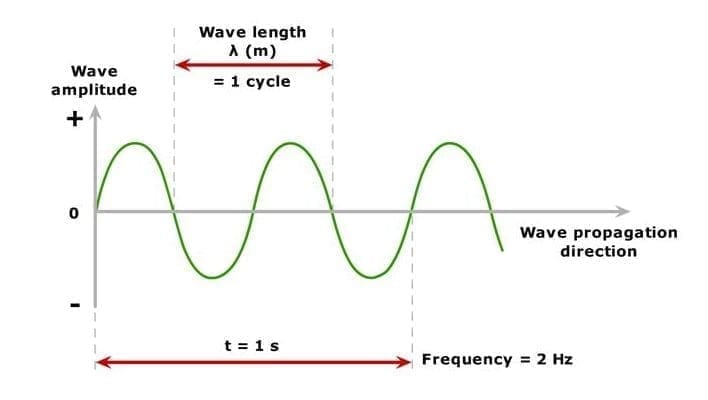
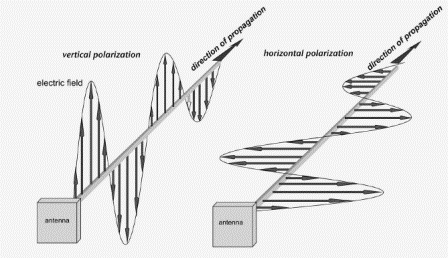
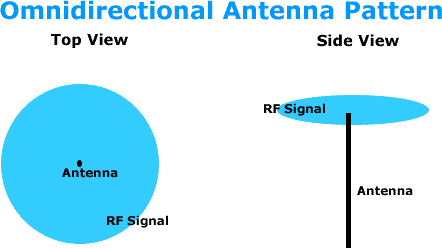
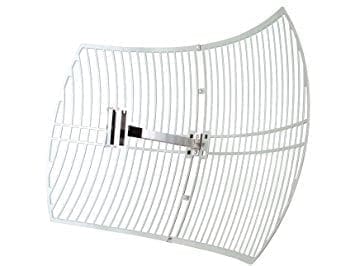

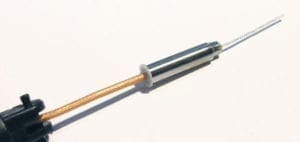
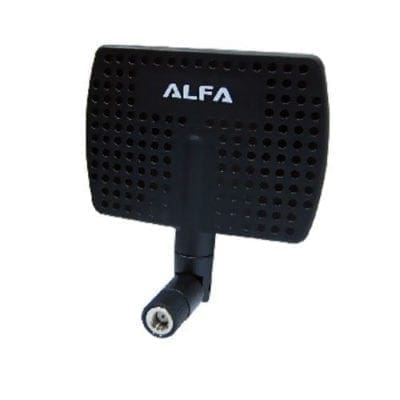
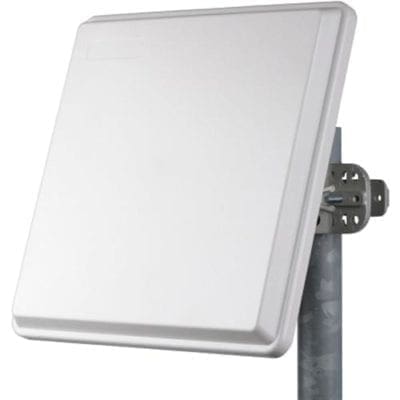
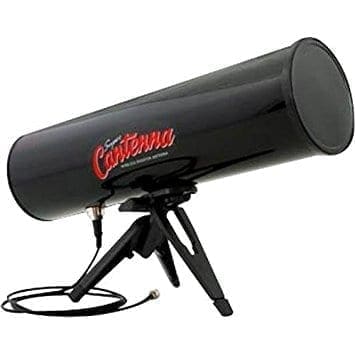
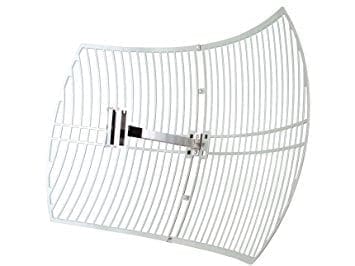

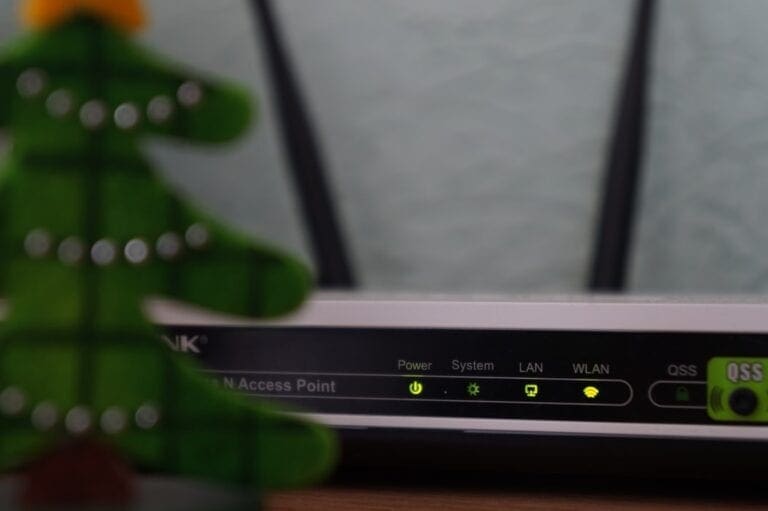

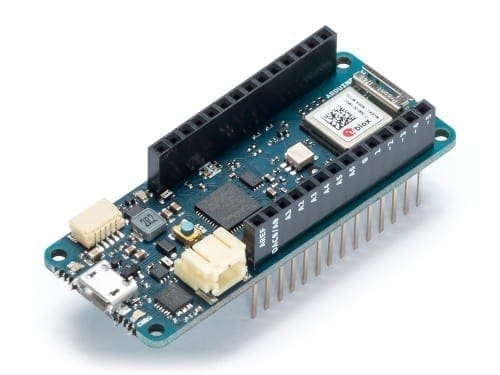
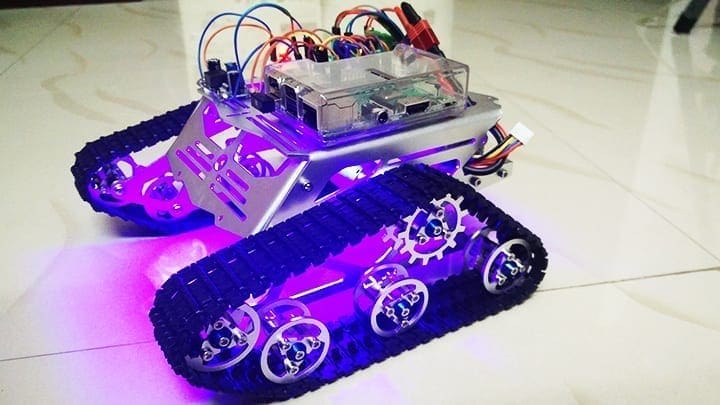

Hello ….
I want to establish a WiFi network foe a township spread in radius of 3km. I need to read small data from esp8266 modules installed in the row houses to central location.
Please suggest suitable router and antenna or network method to solve the purpose.
Regards…